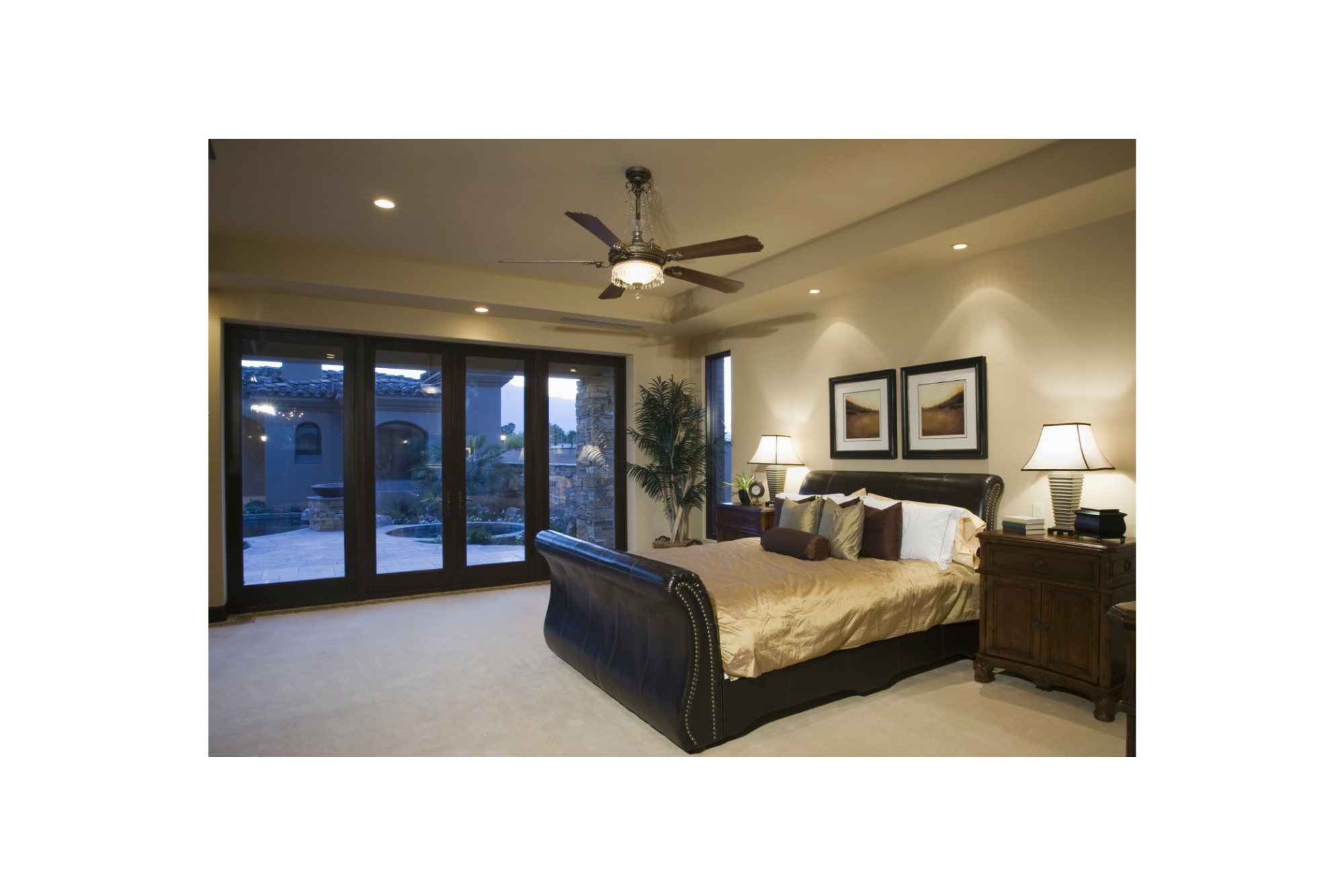Lighting: Choosing the Right Bulb
Lighting is everything. It enhances color, brightens space, and changes an environment. However, it’s no easy feat to install the perfect lighting in various rooms of a home.
Approximately 140 years ago, our world changed. The telephone, motor car, and Coca-Cola came to fruition. Similarly, the light bulb was invented as well. The invention of the light bulb is arguably one of the most influential. Edison’s original light bulb was a softer, yellow light. It provided a warm and calming surround to a room, similar to the otherwise used candlelight. Advances in technology have resulted in many options for lighting. LED lights, for instance, use less energy and have a longer lifespan than the incandescent.
So, where do you start? You’re standing at Target, staring at a wall of shelves. They are packed with light bulbs. Wouldn’t it be nice to know exactly which bulb you need? Now you can.

Many choices are available for purchasing light bulbs. Incandescent, CFL, and LED are the three main types of bulb.
Terms
Watt: amount of energy needed to power a bulb to its brightness
Size: the number next to the bulb. The larger the number, the bigger the bulb. The letter determines the base type, number refers to base size (ex: C4)
Lumens: a unit of brightness
Incandescent: tungsten filament heated to 4000 degrees Fahrenheit
CFL (Fluorescent): heated gas producing UV light, converted to visible light with a coating on the bulb
LED: light-producing diodes
Mercury-free: LED lights are mercury-free. CFLs have a small amount of mercury in them. (note: if you break a CFL bulb, follow cleaning procedures provided by the Environmental Protection Agency)
Lumens
Several years ago, consumers only had incandescent bulbs as an option to buy and use. Consumers now have CFL (fluorescent) bulbs and LED bulbs to choose from. When comparing the three types of bulbs, LED bulbs are the most energy efficient by far. An impressive price tag of approximately $25 a bulb, returns a typical lifespan of 25,000 hours. A light bulb’s brightness is now indicated by lumens rather than watts, as it was previously. In an LED bulb, approximately 25 watts yields 2600 lumens. Compare that number to the incandescent bulb’s 150 watts needed to produce the same brightness. So, if the LED bulb is 5-7W, it is equal to an incandescent bulb with 40W. They both give off 400-500 lumens, while using different amounts of energy. CFL (fluorescent) bulbs fall between incandescent and LED bulbs in all categories including: cost, energy use, brightness, and lifespan.
Color Temperature
Have you ever come home from the store with a box of new light bulbs, only to find out that the color is just terrible? I’m definitely a member of that club. Daylight? Soft white? Warm white? After some research, and understanding how the color temperature is determined, I (hope) I won’t make that mistake anymore and you won’t either.
Understanding Kelvin temperature (K) will help you to determine what kind of light you would like for a space. Kelvin temperature is color tone of white light produced. Kelvin measures the CCT (correlated color temperature) of a light source. The CCT characterizes how cool or warm white light appears in LED lighting. It does not indicate the heat of the bulb. Cool light has blue tones (more Kelvin), and warm light has yellow tones (less Kelvin).
Initials on the box of the bulb indicate the CCT:
- W= warm
- WW= warm white
- CW= cool white
- C= cool
- D= daylight
- N= natural white
- IF= Incandescent Fluorescent
Lighting for your space(s)
First, define or determine the function of the space. For instance, is the space a calm and relaxing space that you hang out in as a family? Is this space your project space where you and your children complete crafts and art activities?
Second, narrow it down into one of two categories, warm light or cool light. If you’re lighting a living room, bedroom, or dining room, a warm/soft light (approx 2700K) is a good choice. Warm, soft, yellow light is gentle, and creates a smooth and relaxing feel. If you’re lighting a kitchen, outdoor space, bathroom, or workspace, choose a cool white light (approx 4100K). If Kelvin numbers are listed, refer to the list below for various spaces and corresponding suggested Kelvin numbers.
As a result, you’ve decided on warm or cool light. Therefore, how warm or cool do you want the room to feel? 5000K-6500K will produce a bright light with a blue hue. 3500K-4100K produces a white light. 2700K-3500K produces a warm, soft, yellow light. The ranges of Kelvin give you flexibility when finding the perfect lightbulb. Rather than having a bright white or blue light in an area where you are trying to relax, maybe you will get the correct bulb the first time.
Kelvin Amounts and Corresponding Spaces
- Decorative 2-2500K
- Vintage look 2500K (ultra warm white)
- Living spaces 2750K-5000K (warm white or natural white)
- Task lights (for crafts such as sewing)- 3500-5100K
- Retail stores 5000-5500K
- Commercial/Industrial 4000-6000K (cool white)
- Daylight (5000-6500K) white light, almost blue. In short, it should resemble outdoors at noon on a sunny and cloudless day. Great for reading, projects, or accent lighting. (cool white)
Moving this summer?
Summer is a popular time to move. As a result, many home owners are putting their homes on the market. So, keep these tips in mind. Most importantly, pair them with the lighting tips mentioned above to make your home perfect this fall.
Next week, check back for tips and tricks to choosing the right light fixtures for your space.





